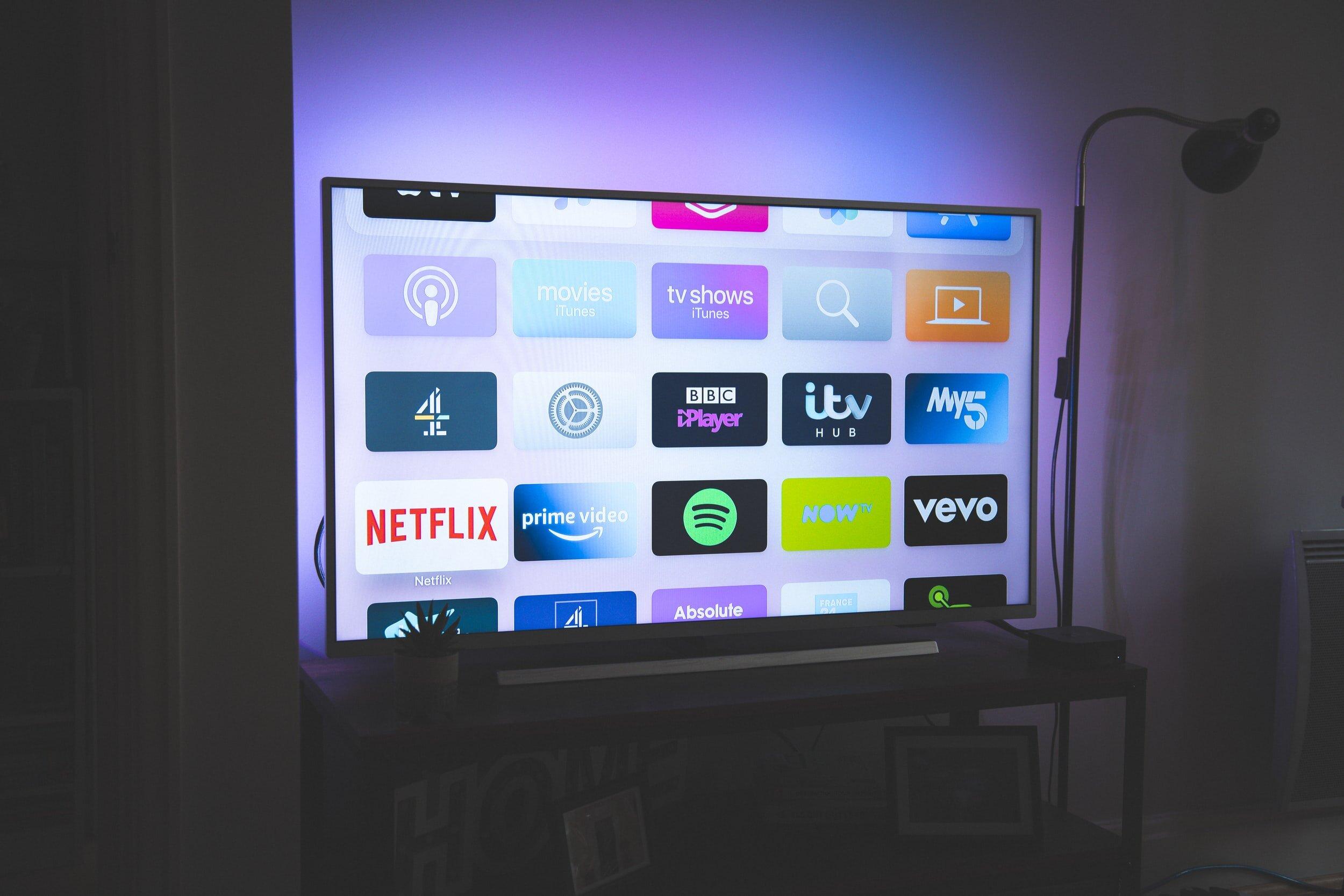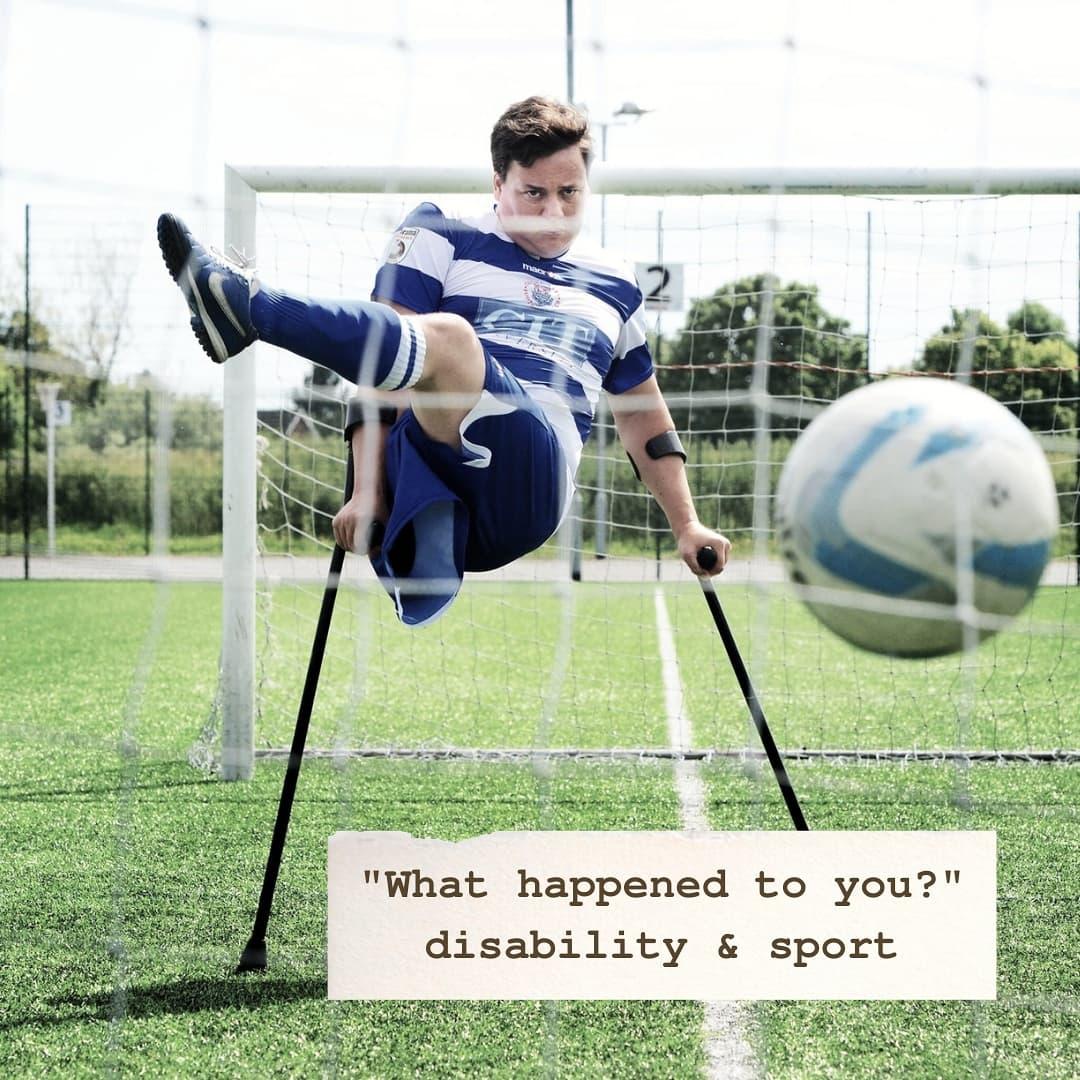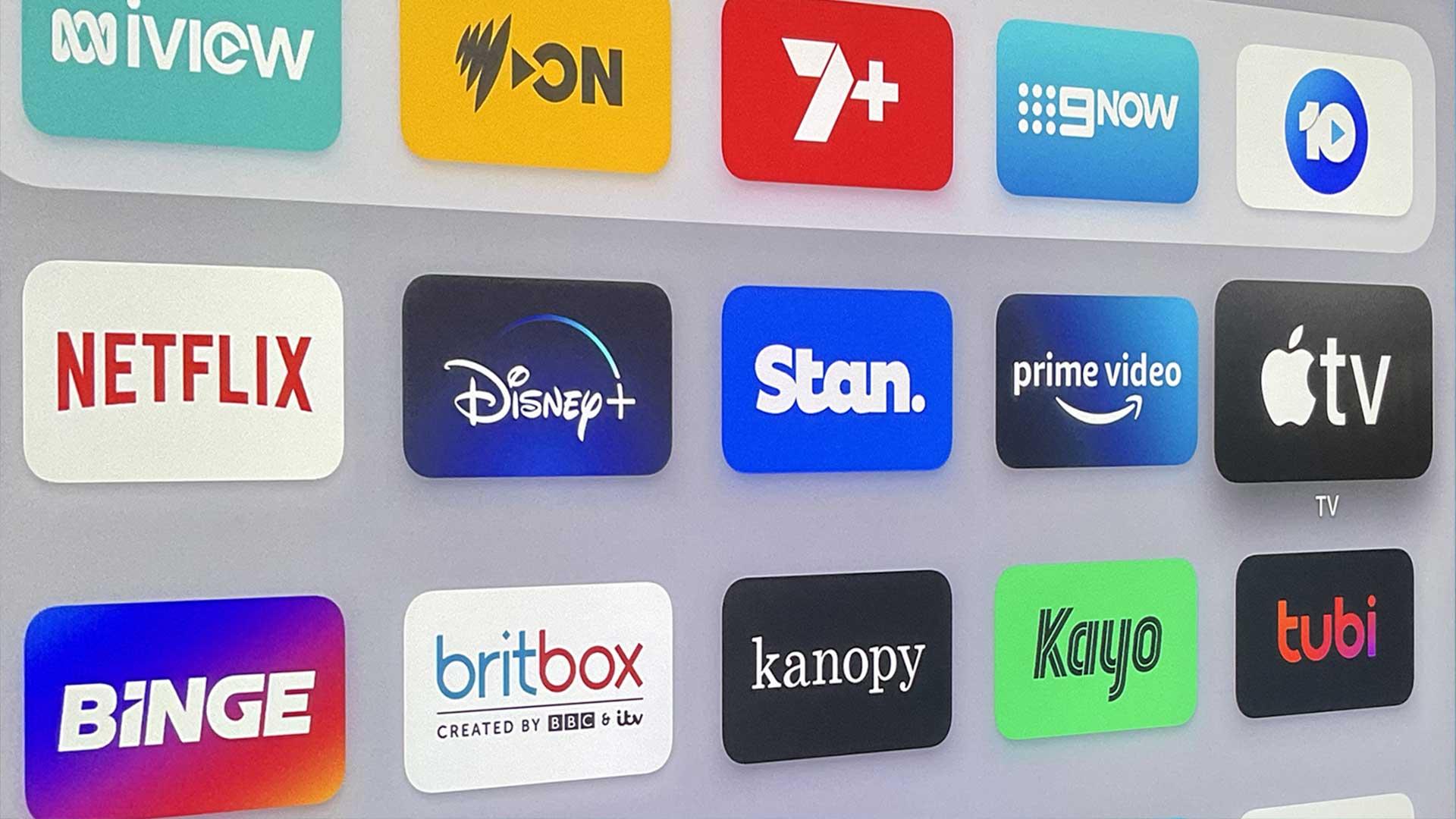In the rapidly evolving landscape of digital entertainment, streaming services have revolutionized the way audiences consume content. However, as these platforms expand their offerings, a critical question emerges: Are they adequately addressing the accessibility needs of disabled viewers? This article delves into the current state of accessibility features such as closed captioning, audio descriptions, and user-friendly interfaces. By analyzing industry standards, user experiences, and regulatory frameworks, we aim to provide a comprehensive overview of whether streaming services are meeting their obligations to ensure inclusivity for all audiences.
Current Accessibility Features: A Comprehensive Evaluation
The landscape of streaming services has seen significant advancements in accessibility features, yet there remains a gap in fully meeting the needs of disabled viewers. Closed captioning is widely available, offering text descriptions for dialogue and sound effects. However, the quality and synchronization of these captions can vary, sometimes leading to confusion rather than clarity.
- Audio Descriptions: While increasingly offered, the availability of audio descriptions for visually impaired users is inconsistent across platforms and content.
- Customizable Subtitles: Options for altering subtitle size, color, and background are becoming more common, but not all services provide these customizations.
- Screen Reader Compatibility: Some platforms are improving navigation for screen readers, yet many still struggle with intuitive and seamless user interfaces.
Despite these efforts, challenges persist, particularly in ensuring that all content is accessible across different devices. The commitment to inclusivity is clear, but the execution often falls short, leaving disabled viewers advocating for more consistent and comprehensive solutions.

Challenges Faced by Disabled Viewers in Streaming Services
Despite the growing popularity of streaming platforms, there are significant hurdles that disabled viewers encounter. Visual impairments often make navigation difficult, as many platforms lack comprehensive screen reader compatibility and keyboard shortcuts. While some services offer audio descriptions, they are not universally available across all content, leaving visually impaired users at a disadvantage. Hearing impairments present another set of challenges. Although subtitles and closed captions are common, their quality and accuracy can vary greatly. Additionally, not all platforms provide customizable caption settings, such as font size and color adjustments, which can make readability difficult for some users.
- Lack of consistent audio descriptions: Limited availability and inconsistent quality across titles.
- Inadequate screen reader support: Poor integration and navigation difficulties.
- Captioning issues: Inconsistent quality and lack of customization options.
- Interface design: Many platforms have interfaces that are not user-friendly for those with mobility impairments.
Moreover, individuals with mobility impairments might find it challenging to interact with interfaces that rely heavily on precise gestures or clicks, especially when using devices without adaptive hardware support. These barriers highlight a pressing need for streaming services to prioritize accessibility, ensuring all viewers can enjoy content without hindrance.

Technological Innovations and Their Impact on Accessibility
Technological innovations have significantly reshaped the landscape of media consumption, yet the question remains whether these advancements have adequately addressed accessibility for disabled viewers. Streaming services, while providing a vast array of content, often fall short in offering comprehensive accessibility features. Common issues include inconsistent availability of audio descriptions, closed captions, and customizable interfaces. This lack of standardization across platforms can create barriers, preventing disabled viewers from fully enjoying their favorite shows and movies.
Efforts to enhance accessibility are evident, but challenges persist. Some platforms have started integrating voice navigation and screen reader compatibility, yet these features are not universally adopted. Furthermore, inadequate user feedback mechanisms make it difficult for platforms to understand and address the needs of disabled users. To bridge this gap, streaming services must prioritize the development and implementation of inclusive technologies, ensuring equal access for all. Key areas for improvement include:
- Uniform standards for accessibility features across all platforms.
- Enhanced user customization options for captions and audio descriptions.
- Increased collaboration with disability advocacy groups to better understand user needs.

Recommendations for Enhancing Accessibility in Streaming Platforms
To ensure streaming platforms are inclusive for all users, several key enhancements can be implemented. Closed captions and subtitles should be more than just an afterthought; they need to be accurate, timely, and available in multiple languages. Audio descriptions are essential for blind or visually impaired viewers, providing detailed narration of visual elements. Implementing customizable text and background options can further assist those with visual impairments, allowing users to adjust font sizes and contrast according to their needs.
- Keyboard Navigation: Ensure that all features are accessible via keyboard shortcuts for users who cannot use a mouse.
- Screen Reader Compatibility: Platforms should be fully compatible with screen readers, with clear labels and descriptions for all elements.
- User Feedback Channels: Establish dedicated channels for users to provide feedback on accessibility features, allowing for continuous improvement.
By prioritizing these enhancements, streaming services can better cater to the diverse needs of their audience, promoting a more inclusive viewing experience for everyone.



